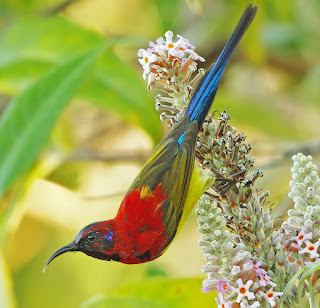4. Arto Paasilinna, Harens år (1975) (4/24/18)
The second book in my friend Thelma's and my "Norwegian torture" series,* Harens år, or "The Year of the Hare," was published in 1975 in Finnish and tells the story of a dyspeptic journalist who adopts a wild hare—after he hits it with his car on a forest road—and then proceeds to leave life as he knows it (including his wife) behind, running through a series of little adventures, mostly in the far north of Finland. It's an episodic novel in which the hero, Vatanen, fights fires, cuts down trees, stumbles on German war booty, overturns a corpse, goes fishing, gets drunk, is arrested by the Soviet authorities, etc. He meets various people who might have somehow changed Vatanen (for the better, one keeps wishing), but in fact he doesn't change. The hare plays virtually no role except to be his constant companion (indeed, at moments you wonder if he'll survive, Vatanen does so little to watch out for him), and this is no animal lover's story, because over its course he metes out a gruesome death to two other animals.The cover of the Norwegian translation calls the book a "whimsical fable from the Finnish forest," and apparently the author, Paasilinna, was beloved in Scandinavia back in the 70s. Perhaps I don't share those northern sensibilities.
There is something to be said for the self-discovery, self-reinvention novel, which is ostensibly what this is. And it's possible that Vatanen ended up happier after his year of carefree vagabondage. But me, I didn't like the man: he started out selfish and unhappy, and ended up merely selfish.
As for Norwegian, after a year of struggling through this book, I feel barely more competent than before. That's a little depressing too. But masochists that we are, we're currently considering what the next book will be. Doctor Proktor's Fart Powder by Jo Nesbø is in strong contention.
* The first book in our series, finished on September 29, 2016—this is a very slow process: we meet maybe once a week, for an hour, hour and a half, and there is much paging through dictionaries and scratching of heads—is reported on here.












































